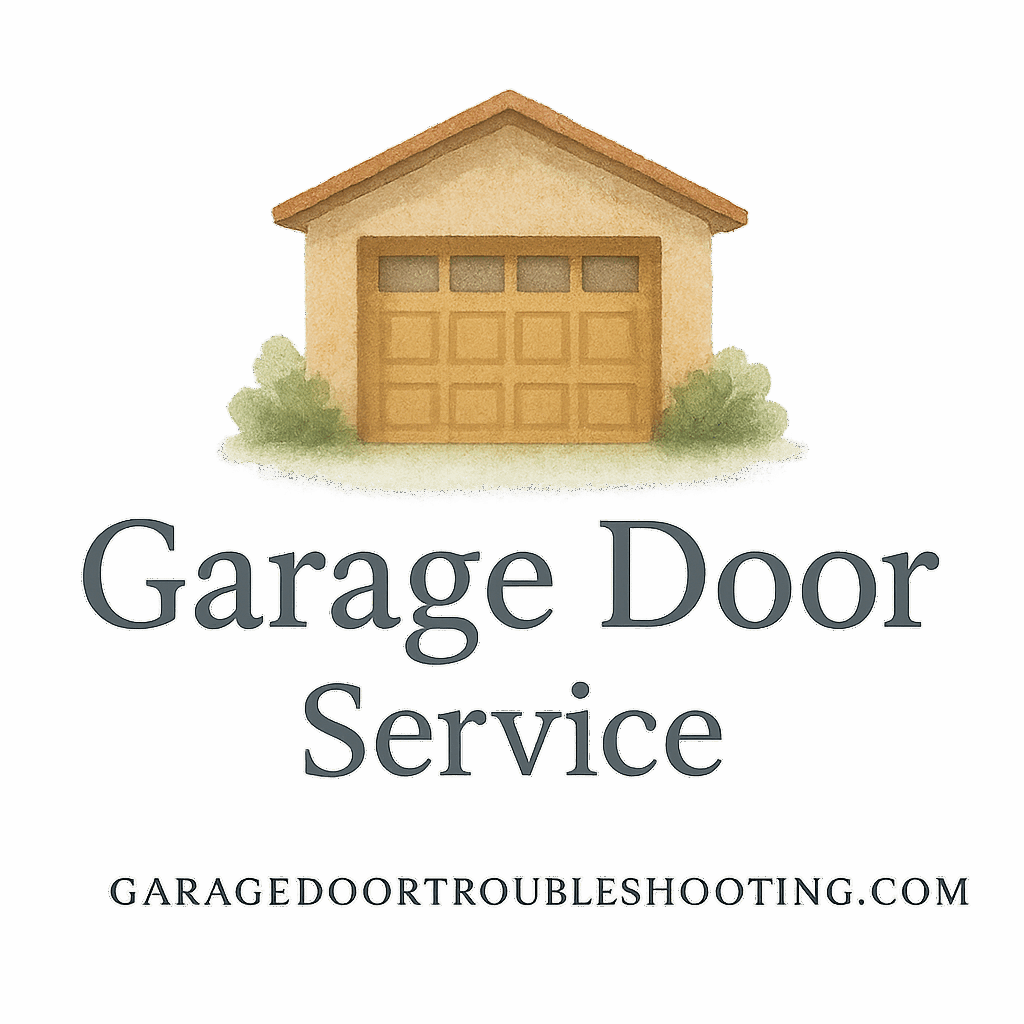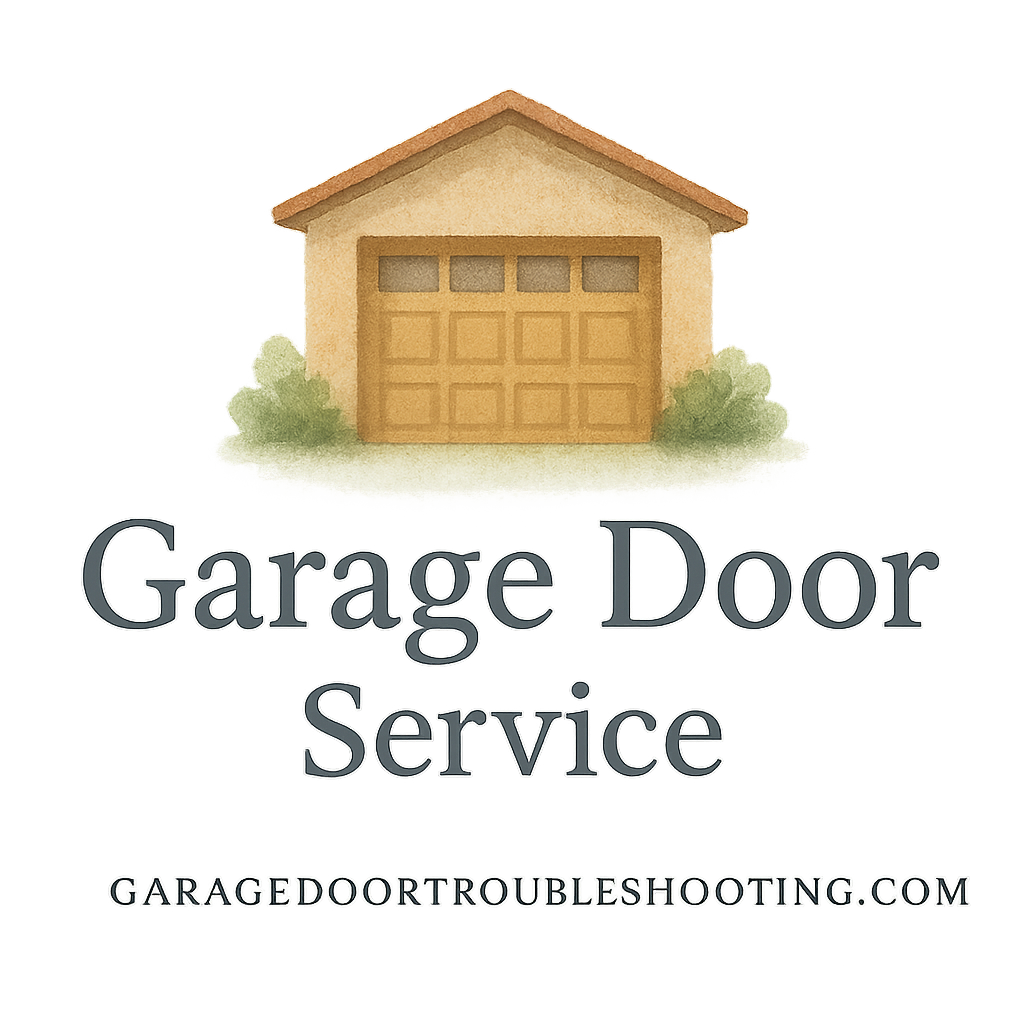Introduction: Why DIY Garage Door Repairs Matter
Garage doors aren’t just about convenience—they’re about safety, security, and curb appeal. But let’s be honest: calling a professional every time your door squeaks, stalls, or shakes can burn a hole in your wallet. That’s where DIY garage door repairs come in. With the right guidance, you can handle a lot of these fixes yourself, save money, and even feel like a weekend hero in your neighborhood.
In this guide, I’ll walk you through 10 expert tips to help you tackle garage door problems without losing your cool—or risking your safety.
Understanding DIY Garage Door Repairs
Common Garage Door Problems Homeowners Face
From noisy rollers to misaligned tracks, garage doors have a way of demanding attention. The most common issues include:
- The door doesn’t open or close properly.
- Strange grinding or squeaking noises.
- Broken springs or cables.
- Remote controls failing at the worst time.
Each of these can usually be diagnosed at home with a little patience and observation.
Tools You’ll Need for DIY Repairs
Before diving into the world of DIY garage door repairs, stock up on these essentials:
- Adjustable wrench
- Screwdrivers (flathead and Phillips)
- Pliers
- Socket set
- Garage door lubricant
- Safety goggles and gloves
With the right tools on hand, even tough repairs feel manageable.
Expert Tip #1: Inspect Before You Repair
Spotting Early Signs of Wear and Tear
A successful repair starts with a keen eye. Look for frayed cables, rust on springs, loose bolts, or dents in the tracks. Catching these small issues early saves you from big headaches later.
When to Call a Professional Instead
If you notice severe spring damage or broken cables, it’s best to call in garage door services from professionals (see here). Some repairs are simply too dangerous for a DIY attempt.
Expert Tip #2: Prioritize Garage Door Safety
Safety Precautions You Should Never Skip
Garage doors weigh hundreds of pounds. Always disconnect the opener, wear safety gear, and block the door open before working.
Avoiding Dangerous Repairs That Risk Injury
Messing with torsion springs is like poking a sleeping bear—one wrong move, and you’re in trouble. That’s why guides on dangerous repairs exist: to remind homeowners when to step back.
Expert Tip #3: Start with Simple Garage Door Fixes
Tightening Loose Bolts and Screws
Sometimes the loud rattling you hear is nothing more than a loose screw. Tighten everything in sight, especially on the hinges and brackets.
Lubricating Moving Parts Properly
Lubrication is like giving your garage door a cup of coffee—it keeps everything running smoothly. Use silicone-based spray or garage-specific lubricant, not WD-40.
Expert Tip #4: Handle Garage Door Springs with Caution
Why Springs Are the Most Dangerous Component
Springs hold an incredible amount of tension. If they snap during a DIY job, you could face severe injuries.
Safe Alternatives for Spring Maintenance
Instead of replacing springs yourself, stick to visual inspections and lubrication. Leave spring replacement to the pros listed in the repair guides.
Expert Tip #5: Keep Your Garage Door Aligned
Fixing Track Alignment Issues
Tracks should run parallel. If they’re bent or uneven, your door will jerk or get stuck. Use a level to check alignment and loosen bolts slightly before nudging the tracks back in place.
Balancing the Garage Door Correctly
Disconnect the opener and manually lift the door halfway. If it slides down, your springs are out of balance. This is usually a red flag for professional repair services.

Expert Tip #6: Master Garage Door Opener Troubleshooting
Common Opener Issues You Can Fix
If your door opener isn’t responding, check the batteries, clean the sensors, and make sure the motor is plugged in. Sometimes it’s that simple.
Resetting and Reprogramming the Remote
Most garage door openers have a reset button. Hold it down, reprogram your remote, and you’re back in business—no expensive service call needed.
Expert Tip #7: Weatherproof Your Garage Door
Replacing Worn Weatherstripping
If you notice drafts or water leaking into the garage, your weatherstripping is shot. Swap it out to protect your tools and car from the elements.
Insulating the Garage Door for Energy Savings
Adding insulation keeps your garage warmer in winter and cooler in summer. It’s one of the best DIY garage door repairs for energy-conscious homeowners.
Expert Tip #8: Stay Consistent with Maintenance
Creating a Garage Door Maintenance Plan
Consistency beats emergency repairs every time. A maintenance plan includes monthly checks of bolts, rollers, and cables.
Seasonal Checks for Long-Term Performance
Before winter, lubricate moving parts. In summer, check for expansion in metal tracks. Small seasonal adjustments make your door last longer.
Expert Tip #9: Know Your Limits as a DIYer
When Professional Garage Door Services Are Better
If your repair feels overwhelming, don’t force it. Skilled providers can handle tricky fixes while you stay safe.
Avoiding Costly Mistakes from Overconfidence
Sometimes DIY turns into “destroy it yourself.” Don’t let pride cost you more in the long run. Recognize when it’s smarter to hire a professional.
Expert Tip #10: Learn from Garage Door Repair Guides
Leveraging Online Tutorials and Resources
Websites like Garage Door Troubleshooting provide step-by-step installation advice, maintenance tips, and safety guides.
Building Confidence Through Step-by-Step Practice
The more you tinker, the more confident you become. Start small, build your skills, and soon you’ll be the go-to “garage door person” in your family.
Conclusion: Becoming a Smarter DIY Garage Door Repairer
DIY garage door repairs don’t have to be intimidating. With these 10 expert tips, you’ll know when to tackle issues yourself and when to step aside. Remember: safety comes first, small fixes go a long way, and regular maintenance keeps your garage door running like new. The best DIYers aren’t the ones who fix everything—they’re the ones who fix things wisely.
FAQs
What are the easiest DIY garage door repairs?
Tightening bolts, lubricating rollers, and replacing weatherstripping are safe and beginner-friendly.
How often should I lubricate my garage door?
Every three months is a good rule of thumb, though seasonal changes may require more frequent checks.
Can I replace garage door springs on my own?
No. Springs are extremely dangerous under tension. Always leave this to professionals.
What tools are essential for DIY garage door work?
You’ll need wrenches, pliers, screwdrivers, a socket set, and safety gear like gloves and goggles.
How do I know if my garage door is misaligned?
If the door shakes, jerks, or won’t close evenly, chances are the tracks are out of alignment.
Is it cheaper to repair or replace a garage door?
Small repairs are cheaper, but if your door is over 15 years old with frequent issues, replacement may be more cost-effective.
When should I call a garage door professional?
If the repair involves springs, cables, or severe damage, it’s time to contact a professional service.


